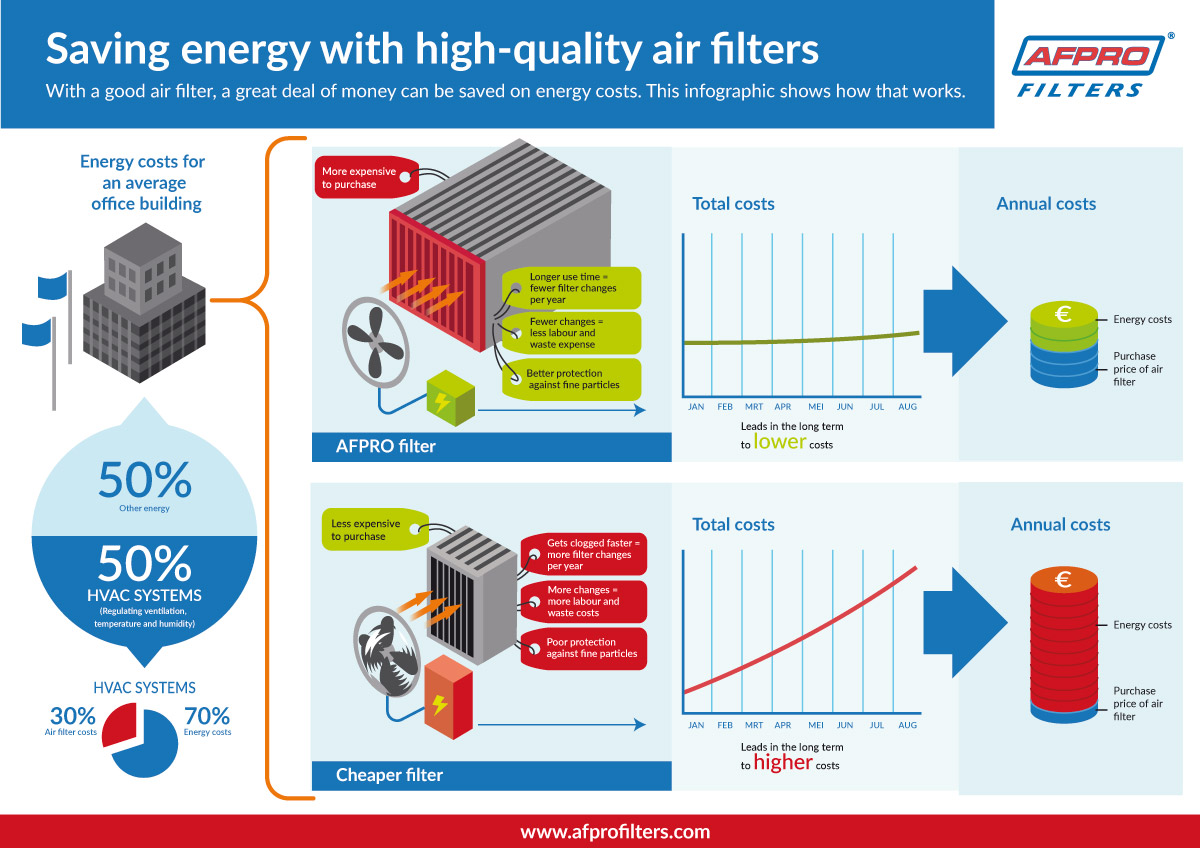Making Best Use Of Convenience And Cost Savings - Tips For Optimizing Your Heatpump Efficiency
Making Best Use Of Convenience And Cost Savings - Tips For Optimizing Your Heatpump Efficiency
Blog Article
Web Content Produce By-Sutton Yu
Whether you have a heat pump or have an existing central heating boiler back up, there are a couple of things that can be done to optimize your system for reliable operation. By following these ideas, you can take full advantage of comfort and cost savings without straining your system or acquiring power expenses.
Readjusting your thermostat for efficiency is just one of the very first steps. Utilizing zoning capacities to restrict heating of unoccupied areas is an additional reliable method.
1. Establish Your Thermostat to the Right Temperature
As the periods transform, balancing convenience and price performance can be a difficulty. The good news is, a few easy tips can assist you lessen energy consumption and maximize savings.
Beginning by determining the best temperature for your household, after that establish your thermostat as necessary. Prevent making huge lift and down in the temperature setting, as this will certainly cause your heatpump to cycle on and off a lot more frequently, using up much more power.
Instead, slowly reduced the temperature during the night for an extra comfy sleeping environment. Then, raise it a little in the early morning. Keep in mind to keep air vents open and routed downward when home heating, and up when cooling down to optimize circulation.
2. Check Your System On A Regular Basis
A heat pump system requires very little maintenance, however it is very important to inspect the unit on a regular basis to capture any kind of issues before they end up being severe. Clean indoor filters on a schedule established by the manufacturer or when they're visibly unclean, and see to it exterior units contend least two feet of clearance to permit airflow.
Inspecting the unit will certainly additionally consist of cleaning, tightening electrical terminals, and running efficiency tests to make sure precision during home heating and cooling down settings. It's recommended to have a specialist service the heat pump two times a year. Doing these routine services can make the most of energy cost savings and extend the life of the unit.
3. Clear Snow and Ice Around the Unit
Heatpump are designed to run outdoors and need to be free of snow and ice in order to flow air. If your heat pump is obstructed by snow and can not draw in air, it will certainly toggle in between cooling and heating and might overwork.
go now is essential to remove a two-foot clearance around your exterior unit in order to improve air flow and avoid ice build-up. Heatpump commonly get in a defrost setting in the wintertime to melt ice and snow however this procedure can be troublesome if your system is obstructed by way too much snow. This will certainly reduce your energy efficiency and lead to expensive repair bills in the future.
4. Inspect the Cooling Agent Degrees
A heat pump uses cooling agent to cool your home in summer and warm it in wintertime. You can aid optimize its efficiency by regularly checking the refrigerant degrees.
It takes more power to alter the temperature of your heatpump from a comfortable setting to a cooler one than it does to maintain that temperature level. Altering the temperature level for short periods of time can likewise waste energy.
Leaking air ducts and dirty air filters can cause unequal temperature levels. https://www.reviewjournal.com/local/education/clark-county-school-buildings-being-prepared-for-students-return-2275166/ can also make your heat pump much less reliable and set you back more to run. An expert can locate and fix these issues to boost your heatpump's performance.
5. Optimize Your Zoning Capabilities
Utilizing the zoning capabilities of a heatpump can help to reduce energy waste by warming only busy areas. This not just decreases energy intake but also minimizes operating expense and prolongs the life of the system.
The Build Well balanced Areas tool uses a hereditary formula to build zones that meet needed area structure requirements. These standards include equivalent location, compactness, and equivalent variety of features.
Furthermore, by using smart thermostat technology to maximize the temperature level setups based on tenancy patterns and scheduling, you can even more improve your heatpump's effectiveness. Maintaining a tidy air filter, making certain appropriate insulation and having your ductwork evaluated for efficiency can all contribute to boosted energy financial savings too.
6. Shading the Outdoor Unit
House owners commonly ask whether it's worthwhile to plant shade trees near their exterior ac system (AIR CONDITIONING) device. The solution is typically indeed, as shielding the air conditioning device can help reduce warmth from the sunlight, which in turn aids it cool down much more effectively.
However, it is essential to note that shielding the air conditioning device does not necessarily cut power intake. As discussed in the Discussion area of the FSEC record, the temperature of the bordering air has a bigger influence on cooling effectiveness than does the volume of air pulled in by the air conditioning unit.
If your a/c compressor gets on the south side of the house, think about planting high, deciduous trees with broad, spread-out canopies. These can provide ample color within one year.